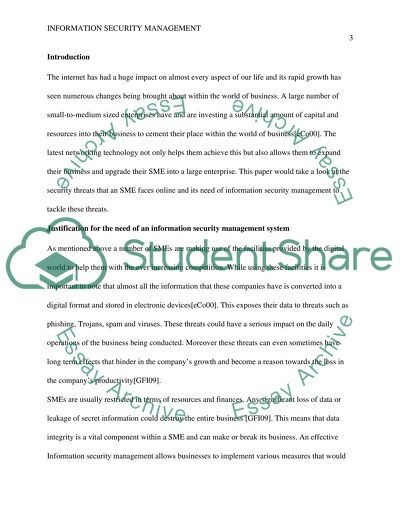Cite this document
(“Research the topic of Information Security Management from quality Paper”, n.d.)
Retrieved from https://studentshare.org/information-technology/1486212-research-the-topic-of-information-security
Retrieved from https://studentshare.org/information-technology/1486212-research-the-topic-of-information-security
(Research the Topic of Information Security Management from Quality Paper)
https://studentshare.org/information-technology/1486212-research-the-topic-of-information-security.
https://studentshare.org/information-technology/1486212-research-the-topic-of-information-security.
“Research the Topic of Information Security Management from Quality Paper”, n.d. https://studentshare.org/information-technology/1486212-research-the-topic-of-information-security.


